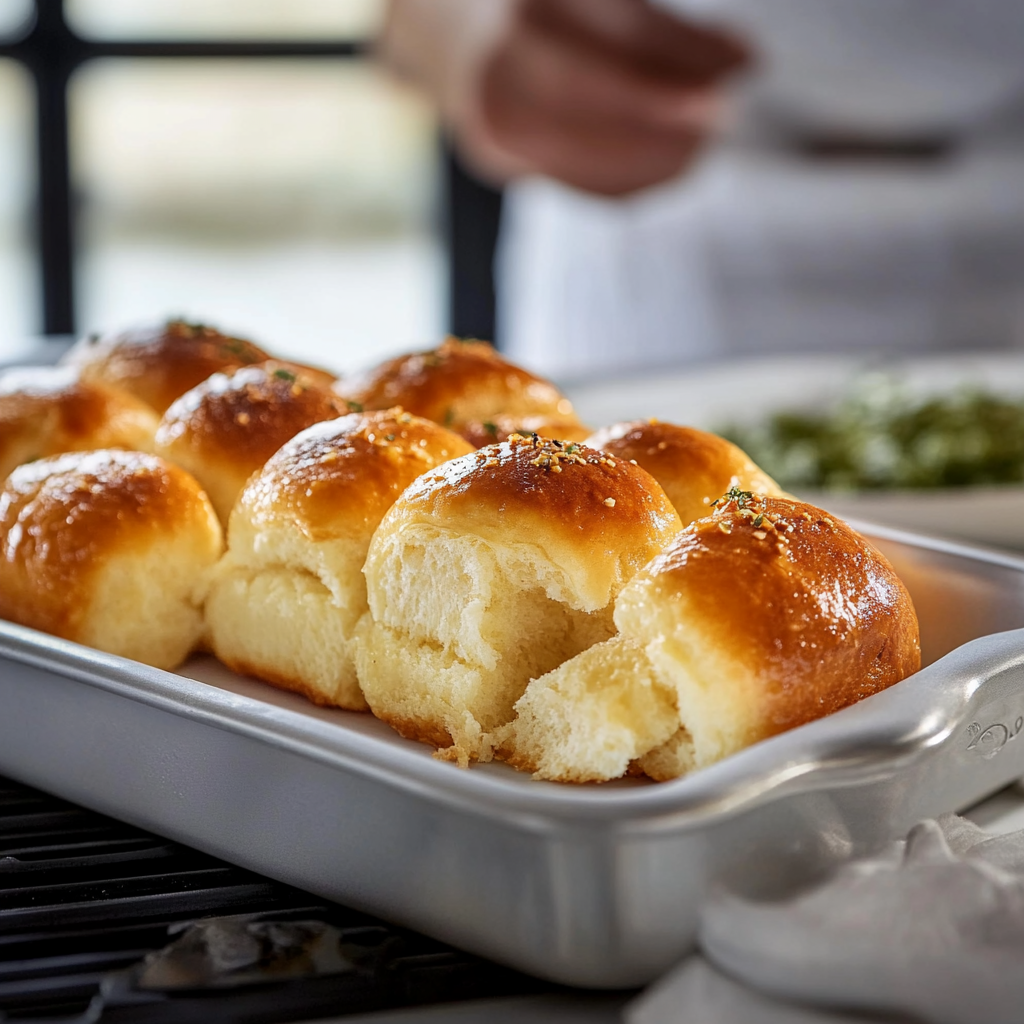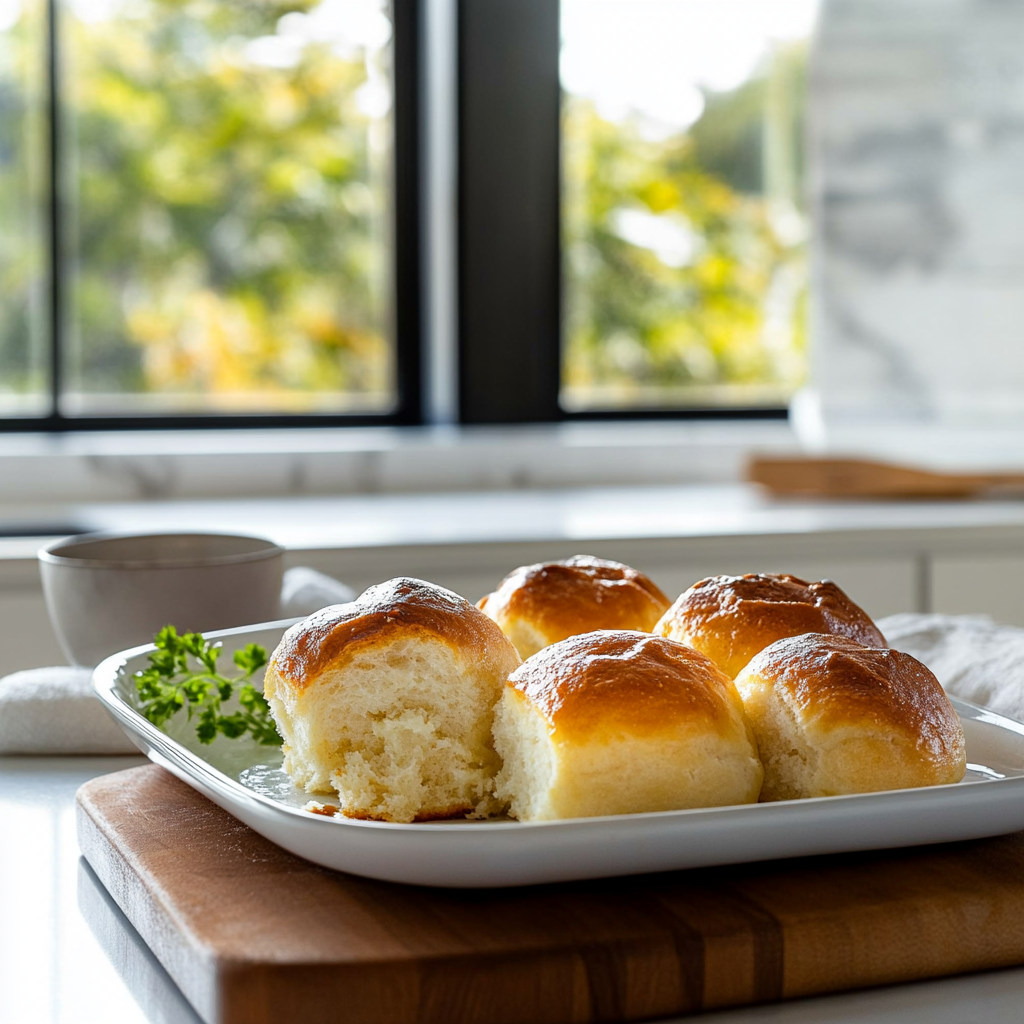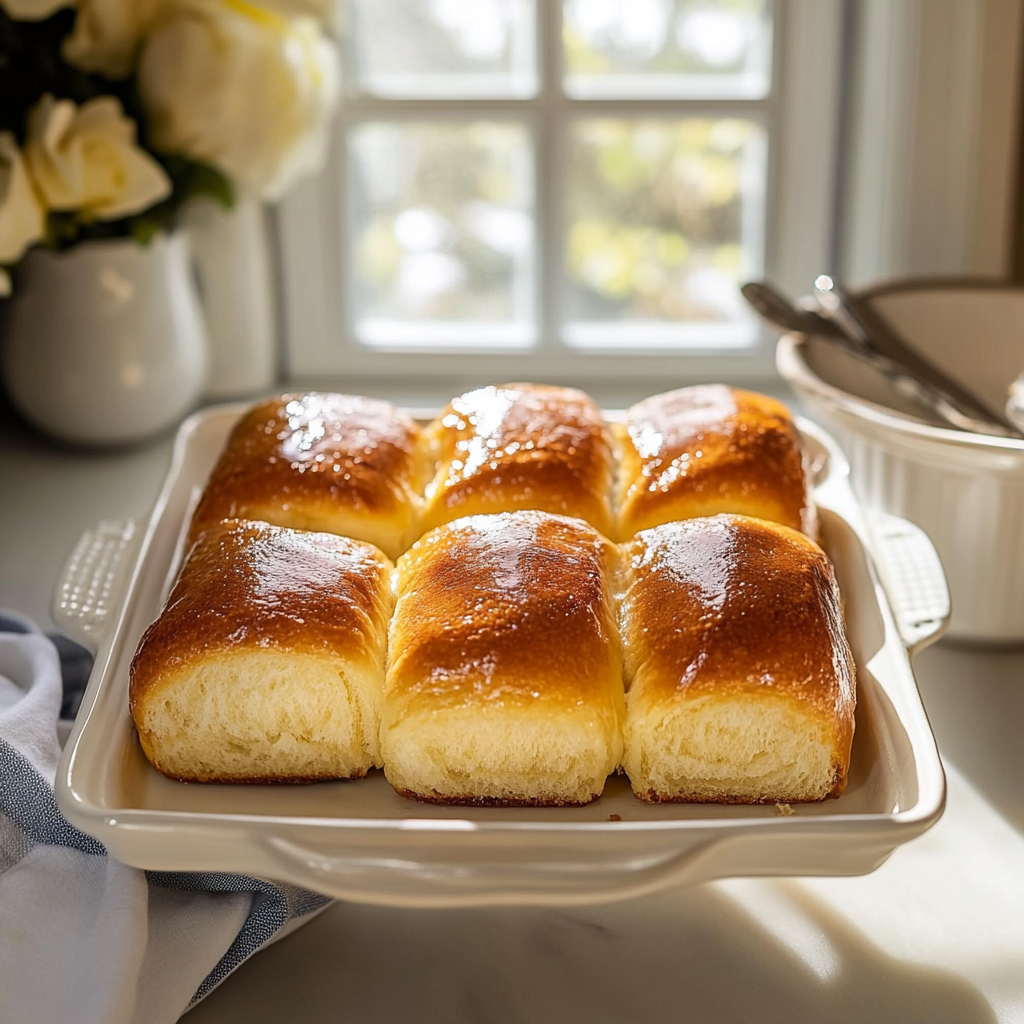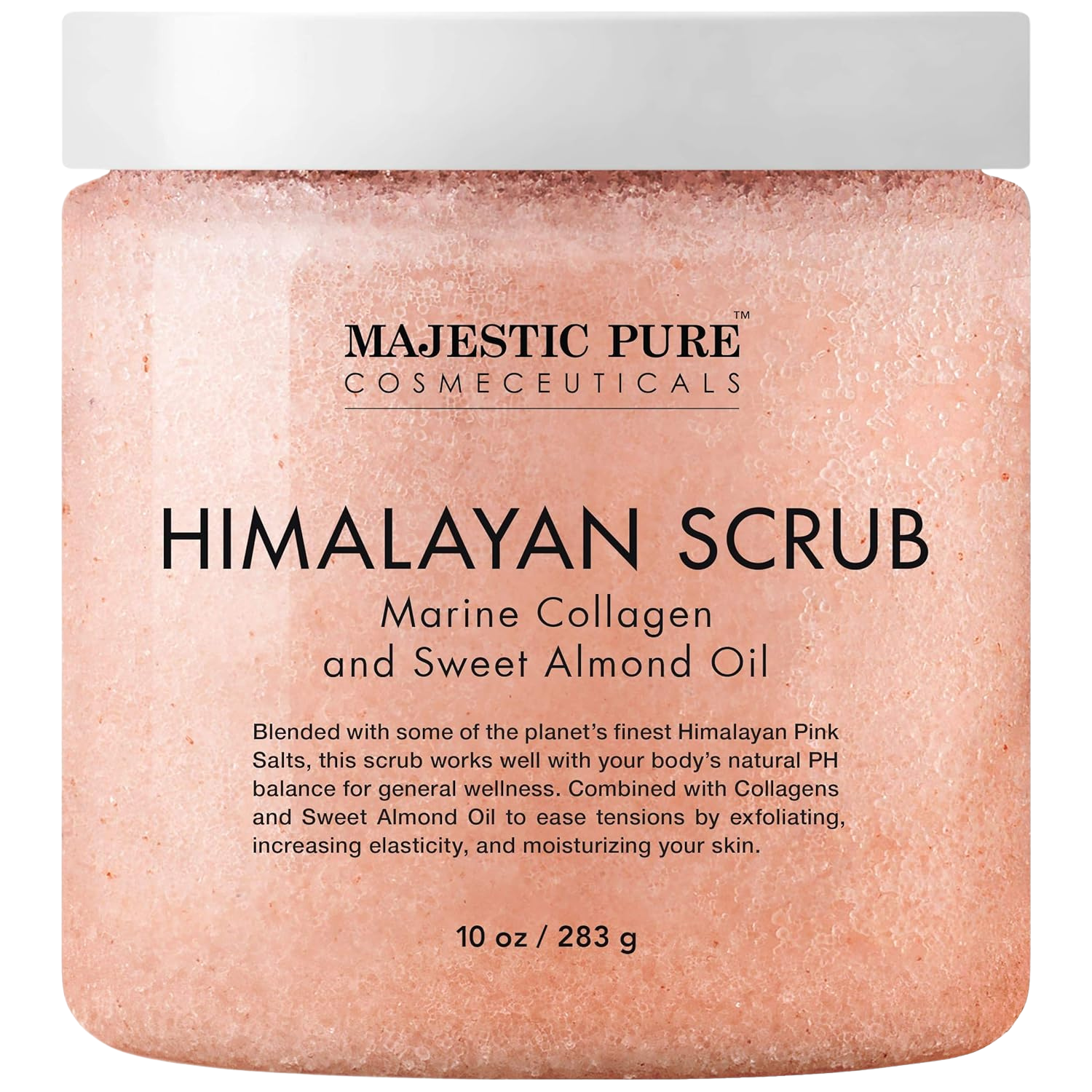Parker House Rolls are an iconic and beloved addition to any meal. Their fluffy texture and buttery flavor make them a favorite at family gatherings and holiday feasts alike. With roots tracing back to the mid-1800s in Boston’s Parker House Hotel, these rolls have stood the test of time as a classic comfort food. This recipe simplifies the process so that you can enjoy fresh-baked Parker House Rolls right from your oven.

In this article, you will learn how to create these delectable rolls at home. We’ll cover everything from selecting the right ingredients to preparing and storing your rolls for optimal freshness. Whether you serve them alongside a hearty stew or as part of a festive spread, Parker House Rolls will elevate your dining experience.
This recipe provides step-by-step instructions that ensure success even for novice bakers. By following our detailed guide, you’ll soon be impressing family and friends with your baking skills. Get ready to roll up your sleeves as we dive into making these irresistible soft dinner rolls!
Main Ingredients
Flour
Flour is the foundation of any bread recipe, including Parker House Rolls. For this recipe, all-purpose flour works best due to its balanced gluten content. You will need approximately 4 cups of flour for this recipe. The quality of flour impacts the texture of the rolls; using fresh flour will yield fluffier results.
Yeast
Yeast is essential for leavening the dough, allowing it to rise and develop a light texture. Active dry yeast is commonly used in this recipe; you’ll need about 2 tablespoons (or one packet). Ensure your yeast is fresh by checking the expiration date on the package. Proper activation is crucial—mix it with warm water and sugar before adding it to the dough.
Sugar
Sugar serves two purposes in this recipe: it sweetens the rolls and acts as food for the yeast during fermentation. Use about 3 tablespoons of granulated sugar. This amount gives just enough sweetness without overpowering the classic flavor profile of Parker House Rolls.
Butter
Butter contributes richness and flavor to these rolls. You will need about ½ cup (one stick) of unsalted butter for this recipe. Melted butter should be incorporated into the dough and brushed on top before baking for that golden-brown finish.
Milk
Milk adds moisture and enhances flavor in Parker House Rolls. You’ll require about 1 cup of whole milk or any preferred alternative milk. Warm up the milk slightly before mixing it with other ingredients; this aids in activating the yeast more effectively.
Salt
Salt is vital in balancing flavors and controlling fermentation speed in bread-making. For this recipe, use 1 teaspoon of salt. It’s important not to skip this ingredient; otherwise, your rolls may taste bland.
Eggs
Eggs enrich the dough with protein and help achieve a tender crumb in your rolls. You’ll need 1 large egg at room temperature for this recipe. Mix it into your wet ingredients along with melted butter and warm milk.

How to Prepare Parker House Rolls
Step One: Activate Yeast
Start by activating your yeast to ensure successful rising of your dough. In a small bowl, combine 1 tablespoon of sugar with 1 cup of warm water (around 110°F). Sprinkle two tablespoons of active dry yeast over the surface of the water without stirring immediately; allow it to sit for about 5–10 minutes until foamy bubbles appear on top — this indicates that your yeast is alive and ready for action.
In another bowl or mixer bowl, mix together ½ cup melted unsalted butter with warm milk (remember it should not be too hot) and one egg until well combined. Once your yeast mixture is bubbly, gently stir it into your wet ingredients.
Step Two: Combine Dry Ingredients
In a separate large mixing bowl or stand mixer bowl, whisk together 4 cups of all-purpose flour with 1 teaspoon salt and remaining 2 tablespoons sugar until evenly mixed. Make sure there are no clumps left behind; proper mixing helps prevent uneven rising later on.
Gradually add your wet mixture into your dry ingredients while stirring constantly with a wooden spoon or dough hook attachment if using a stand mixer set on low speed until combined into a shaggy mass resembling dough — don’t worry if it’s slightly sticky!
Step Three: Knead Dough
Transfer the dough onto a floured surface or keep it in your mixing bowl if you’re using a stand mixer equipped with a kneading hook attachment! Knead by hand or machine for approximately 8–10 minutes until smooth elastic texture forms—this process develops gluten which gives strength & structure needed for fluffy rolls! If necessary add bit more flour but avoid over-flouring!
After kneading let rise covered tightly either inside an oiled bowl or under damp cloth placed somewhere warm like oven preheated then turned off—allow resting period lasting about an hour until doubled size!
Step Four: Shape Rolls
Once risen adequately punch down gently releasing air bubbles formed during fermentation process then turn out onto lightly floured workspace again! Divide dough equally into two portions & roll each piece out into rectangle shape measuring roughly half-inch thick rectangle before cutting out squares measuring about three inches per side!
Now fold each square corner towards center pinching closed securely creating beautiful little parcels! Place them seam-side down onto greased baking sheet spaced apart around one inch apart giving them room expand when they rise again later!
Cover shaped rolls loosely using kitchen towel allowing second rise lasting around thirty minutes while preheating oven at temperature setting around375°F(190°C)—your kitchen will start smelling heavenly at this point!

Serving and Storing Tips
Serving Suggestions
Parker House Rolls shine brightest when served warm directly from oven! Pair them alongside roasted meats like turkey or chicken during special occasions—these fluffy delights can soak up gravies beautifully! Additionally consider serving them during casual meals such as pasta dishes—they work wonders sopping up leftover sauce!
For breakfast lovers why not transform leftover rolls into delightful sandwiches? Think egg salad versions filled creamy goodness wrapped between those soft layers—it’s perfect quick lunch idea too! They also complement soups perfectly making every bite satisfying whether enjoyed alone or paired deliciously together!
Storing Leftovers
If you find yourself with extra rolls after serving don’t fret—they store surprisingly well! Allow cooled leftovers cool completely before placing inside airtight container ensuring freshness lasts longer than usual! They can be stored at room temperature up three days max without losing quality otherwise move them refrigerator where they can last week longer if properly sealed preventing drying out process occurring easily over time!
For longer storage options consider freezing—you’ll want wrap individual pieces securely plastic wrap followed by layer aluminum foil preventing freezer burn! Thaw frozen portions overnight inside fridge whenever craving strikes then simply reheat briefly in oven till warmed through testing softness enjoying fresh-out-the-oven experience once again!
Mistakes to avoid
One of the main mistakes when making Parker House Rolls is not allowing enough time for the dough to rise. Yeast is a living organism that needs a warm environment to activate and produce bubbles that create a light and fluffy roll. Skipping this step or rushing it can lead to dense, dry rolls. Always give your dough the necessary time to rise until it doubles in size, which usually takes about one hour in a warm area.
Another common error is using the wrong flour type. All-purpose flour is generally recommended for Parker House Rolls because it has the right balance of protein to provide structure without being too heavy. If you use bread flour or cake flour, you may find that your rolls turn out tougher or too soft, respectively. Stick to all-purpose flour for best results.
Not kneading the dough properly is another mistake that can affect the texture of your rolls. Kneading develops gluten, which gives bread its structure and chewiness. Aim for about 8-10 minutes of kneading until the dough becomes smooth and elastic. Over-kneading can also be an issue; so be mindful of the dough’s texture as you work with it.
Finally, neglecting to brush melted butter on top before baking can lead to a less flavorful crust. The butter gives a beautiful golden color and enhances the taste of your Parker House Rolls. After shaping them, generously brush melted butter over the tops before popping them in the oven for that perfect finish.
Tips and tricks
To achieve perfect Parker House Rolls, start by ensuring your yeast is fresh. Check the expiration date on your yeast packet before using it. If you’re unsure about its potency, you can proof it by dissolving it in warm water with a bit of sugar. If it bubbles up within 5-10 minutes, it’s good to go! Using active yeast ensures that your rolls will rise beautifully.
Another tip is to measure your ingredients accurately. Baking is a science, so precise measurements matter significantly in achieving consistency and quality in your rolls. Use a kitchen scale for measuring flour instead of relying on cup measurements, as they can vary based on how you pack the flour.
When shaping your rolls, don’t be afraid to experiment! Traditional Parker House Rolls are folded over but feel free to shape them into balls or even braid them for unique presentations. This creativity adds personal flair while still delivering delicious results.
Additionally, make use of steam during baking. Placing a pan filled with water at the bottom of your oven creates steam which helps develop a crispy outer crust while keeping the inside moist and tender. This technique will elevate your rolls beyond expectation.
Suggestions for Parker House Rolls
Consider incorporating herbs or garlic into your Parker House Rolls for an added flavor boost. Simple additions like chopped rosemary or minced garlic mixed into the dough enhance taste and provide delightful aroma upon baking. This twist can make your dinner rolls even more memorable at gatherings or family meals.
Experimenting with different types of butter can also elevate your Parker House Rolls’ flavor profile. Try using flavored compound butters—such as garlic herb butter or cinnamon honey butter—when brushing atop freshly baked rolls or serving alongside them. This adds another layer of richness that guests will love.
Another suggestion is serving them warm straight from the oven paired with homemade jams or preserves for an indulgent treat at brunch gatherings. Freshly made strawberry jam or spiced apple butter complements these soft rolls beautifully.
Lastly, consider freezing any leftover rolls if you make extras; they freeze well! Wrap each roll tightly in plastic wrap and then place them in an airtight container before freezing them. To enjoy later, just thaw overnight in the fridge and reheat briefly in a warm oven for fresh-tasting rolls anytime.
FAQs
What are Parker House Rolls?
Parker House Rolls are soft, buttery yeast rolls known for their signature fold-over shape and slightly sweet flavor profile originating from Boston’s Parker House Hotel in the 1800s. They are traditionally served with various meals but especially shine during festive occasions like Thanksgiving or Christmas dinner gatherings when people enjoy sharing delicious homemade bread as part of their feast experience.
How do I store leftover Parker House Rolls?
You can store leftover Parker House Rolls simply by placing them in an airtight container at room temperature for up to two days if enjoyed warm after baking! For longer storage options (up to three months), wrap each roll individually in plastic wrap before placing them inside freezer bags—ensuring minimal air exposure prevents freezer burn while maintaining moisture retention until you’re ready to indulge again!
Can I make Parker House Rolls ahead of time?
Yes! You can prepare Parker House Roll dough ahead of time by following all steps up until shaping them into individual portions; after shaping, cover tightly with plastic wrap and refrigerate overnight! In the morning allow them adequate time (approximately one hour) at room temperature before baking so they rise nicely while preheating your oven—enjoy fresh-baked goodness without stress!
What makes Parker House Rolls different from other dinner rolls?
The unique folding technique distinguishes Parker House Rolls from other types of dinner rolls; this method showcases buttery layers within each roll creating a flaky texture unlike traditional round-shaped versions! Additionally, their slight sweetness adds richness—resulting not only visually appealing but also incredibly satisfying flavor profiles making these beloved accompaniments across various cuisines.
Can I use whole wheat flour instead of all-purpose flour?
While whole wheat flour offers nutritional benefits such as increased fiber content compared to all-purpose varieties—it may alter both texture and flavor due its higher density compared against lighter counterparts leading potentially denser final products overall! If desired mix half whole wheat ratio combined with half all-purpose resulting healthier yet still enjoyable outcomes!
What should I serve with my Parker House Rolls?
Parker House Rolls pair wonderfully alongside roasted meats like turkey or chicken! They also complement hearty soups such as butternut squash soup perfectly while offering delectable ways dipping into flavorful sauces found within dishes served during holiday feasts providing comfort throughout shared experiences around tables together celebrating special moments togetherness!
Conclusion
In summary, making perfect Parker House Rolls requires attention to detail while avoiding common mistakes such as inadequate rising time and improper ingredient choices like flour type used during preparation stages involved throughout recipe executions presented here today! By following helpful tips including proper measurement techniques alongside creative suggestions enhancing flavors enjoyed through various pairings offered throughout this post—we hope readers feel empowered confident next baking adventure involving these delightful treats awaits soon!
Remember always allow sufficient rising times ensuring maximum fluffiness achieved through consistent practices implemented whenever preparing these baked goods—providing opportunities share experiences loved ones around table enjoying every bite together easily highlights joys shared within culinary passions explored further inspiring creativity among aspiring chefs alike!




